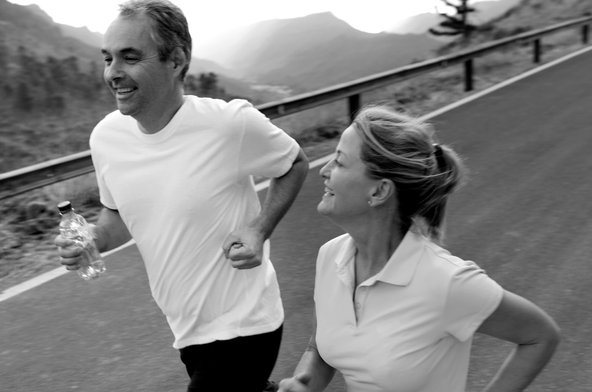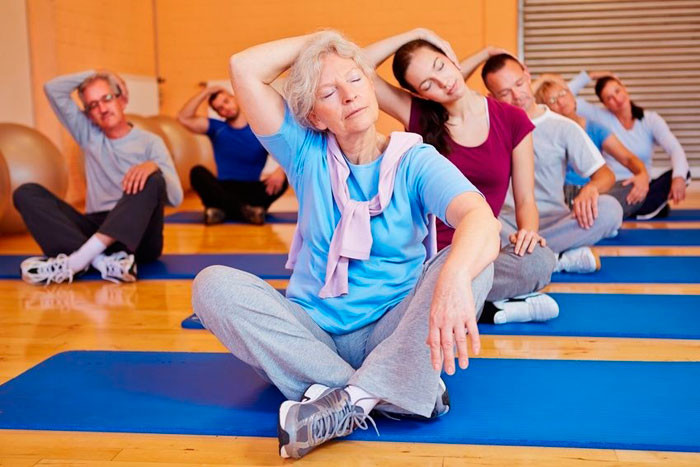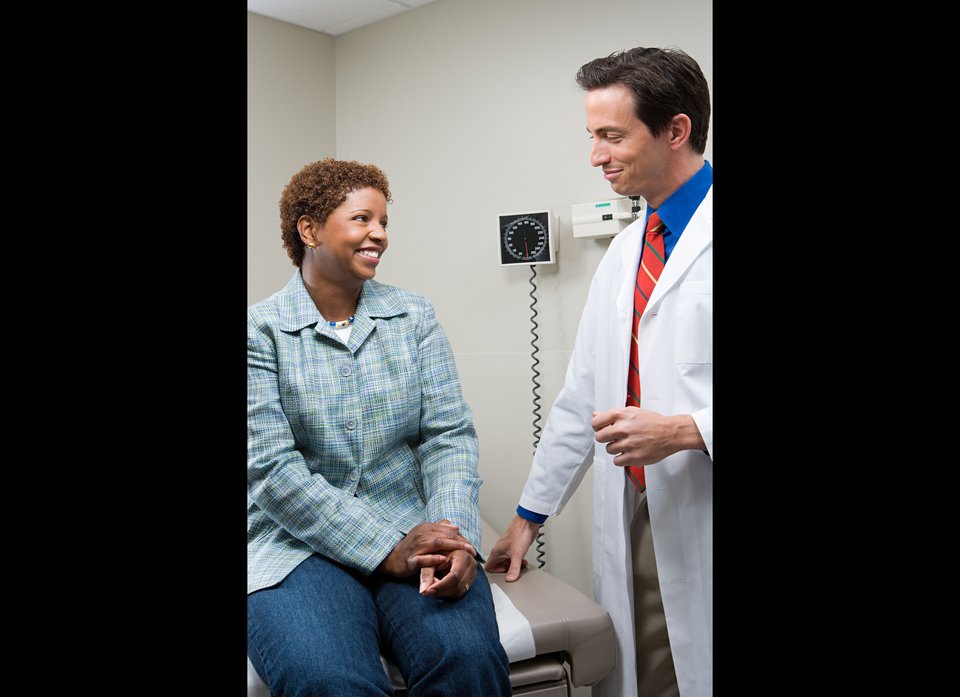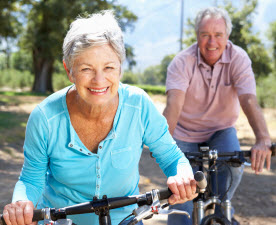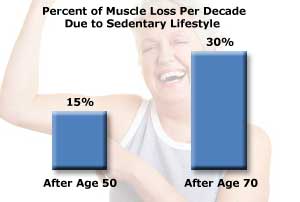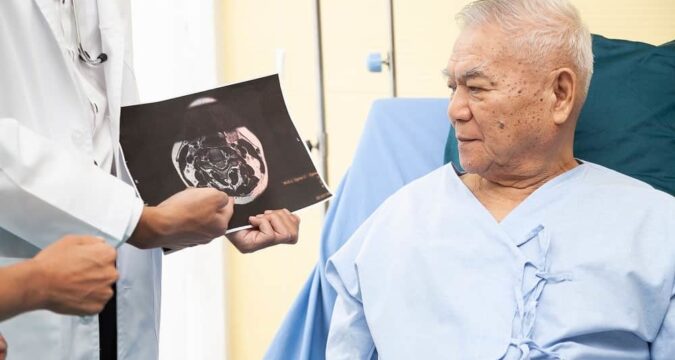
The Neuro Implant Clinic provides comprehensive treatment for Parkinson’s disease using advanced methods and technologies. It is important to begin the process of diagnosis and therapy in a timely manner, since this disease represents a serious challenge for both the patient and his loved ones.
Is there a chance of a complete cure?
Today, doctors have developed effective methods of symptomatic treatment using medications. Unfortunately, such treatment is not aimed at curing the cause of the disease, but helps mitigate its symptoms, reduce complications and increase the life expectancy of patients.
If the disease manifests itself between the ages of 40 and 65, the average life expectancy of patients is about 20 years. If the disease occurs at a younger age, the predicted life expectancy can reach about 40 years.
The main thing is to carry out timely diagnosis and begin treatment under the guidance of an experienced neurologist or neurosurgeon. Some patients, even at the third stage of the disease, can return to active life and work thanks to the timely start of treatment.
The most effective ways to control the disease are neurosurgical techniques or a combination of drug therapy with physical therapy, including hypobaric oxygen therapy in a pressure chamber and massage.
Before you start treatment
Establishing a diagnosis of Parkinson’s disease entails a number of important questions for the doctor:
When to start treatment and what medications to start with?
Should monotherapy or complex treatment be used?
Is it necessary to use dopaminergic agents in the early stages?
At what point should dopaminergic and nondopaminergic drugs be combined?
What role should non-pharmacological therapies play?
How to cope with early side effects of medications?
Initiation of treatment is not always required immediately after diagnosis. The doctor must consider many factors, including the severity of the disease, its duration, age and comorbidities.
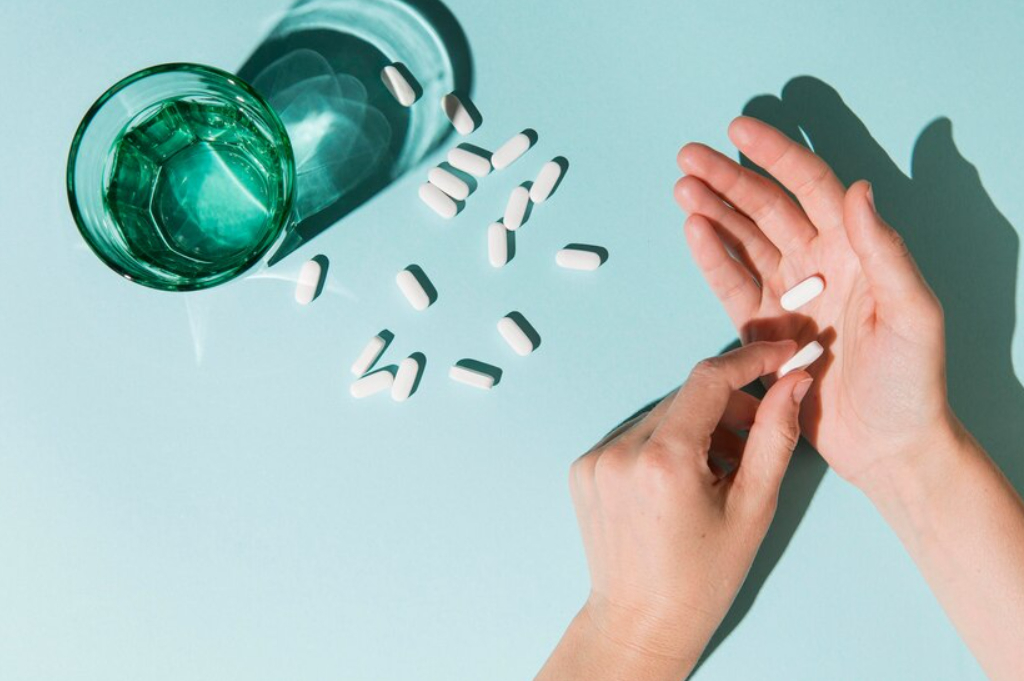
Treatment with medications
Methods of drug intervention in modern practice are based on the use of various drugs represented by several groups:
Inhibitors of monoamine oxidase-B and catechol-O-methyltransferase, which block the processes of destruction of dopamine, which plays an important role in the functioning of the body.
Dopamine receptor stimulants that activate their function.
Drugs that suppress the activity of peripheral L-amino acid decarboxylase, which contributes to more effective therapy.
Blockers of choline receptors and their analogues, which affect the transmission of nerve signals in the body.
Amantadines, which increase the sensitivity of certain receptors.
The choice of a specific treatment for Parkinson’s disease depends on the stage of the disease. In the initial stages, dopamine receptor stimulants are used, and in the later stages, complex treatment is used, including the use of various drugs, including peripheral decarboxylase inhibitors.
Additional pharmacotherapy
Various pharmacological agents targeting dopamine deficiency are often used for adjunctive therapy for Parkinson’s disease, including drugs with neuroprotective properties, NMDA antagonists and antiapoptotic agents, antioxidants, drugs that improve brain metabolism, as well as neurotrophic factors and immunomodulators. These medications are usually used regularly in periodic courses and are an important part of the treatment strategy. Although the effectiveness of many of them is not ideal, they remain the basis for the prospect of developing more effective therapies in the future.
When treating concomitant diseases, including somatic ones, the use of antipsychotics and calcium channel blockers should be avoided.
Surgical intervention
The surgical approach to the treatment of Parkinson’s disease began to be actively used in the 1950s of the 20th century, and since then the techniques of neurosurgeons have undergone significant changes. Initially, operations were aimed at destroying the pathways in the thalamus, but the results of such interventions often remained unsatisfactory, and the number of side effects was high.
A more modern and progressive method is neuroprosthetics (neuroimplantation) or installation of neurostimulators. In this procedure, special implants are inserted into the patient’s brain that activate nerve cells, improving the brain’s ability to process information and control movement.
After surgery, additional medication may be required for support, but the amount of medication required by the patient is significantly reduced. Immediately after surgery, there is a significant reduction in tremors, improved coordination and ability to concentrate.
Non-pharmacological treatment
Social support
Nutrition regulation
Complex of physical therapy, massage, physiotherapy
Intervals in taking medications
Using light therapy
Sleep deprivation procedures
Electrical stimulation
Transcranial magnetic stimulation
Moderate physical activity
Surgical methods of treatment
Using adaptive devices to improve quality of life
Various methods of psychotherapy
Traditional methods
There are a variety of traditional methods for treating Parkinson’s disease:
Juice therapy based on the use of fresh vegetables and fruits.
External use of oils.
Taking baths with herbal decoctions such as oregano and jasmine.
The use of bee products, in particular propolis.
Taking tinctures and decoctions based on lemon balm, eleutherococcus and ginseng.
However, it is worth noting that traditional methods are not the main method of treatment, but only complement it. For example, juice therapy can be an effective general tonic, while massages with jasmine oil and sage baths can relieve tremors and reduce muscle tension. Decoctions and tinctures have restorative and tonic properties. It is important to understand that traditional methods should be used in combination with the main therapy.

Diet
Proper nutrition plays an important role in maintaining balance and enhancing the effect of drug and neurosurgical treatment for Parkinson’s disease.
Although there is no specific diet for this disease, the diet of a person with Parkinson’s should include dairy products, grains, greens, vegetables and fruits, which should form the bulk of the diet.
The importance of animal protein must also be taken into account, so fish and poultry should be included in the diet. Vegetarianism is not recommended due to the need for animal protein. Meat dishes are best eaten for dinner.
The meal schedule must be coordinated with the medication intake. Many anti-Parkinson’s medications should be taken two hours after meals.
It is also important to maintain adequate fluid levels. It is recommended to drink at least 7 glasses of water per day, and a third of them are best drunk with meals.
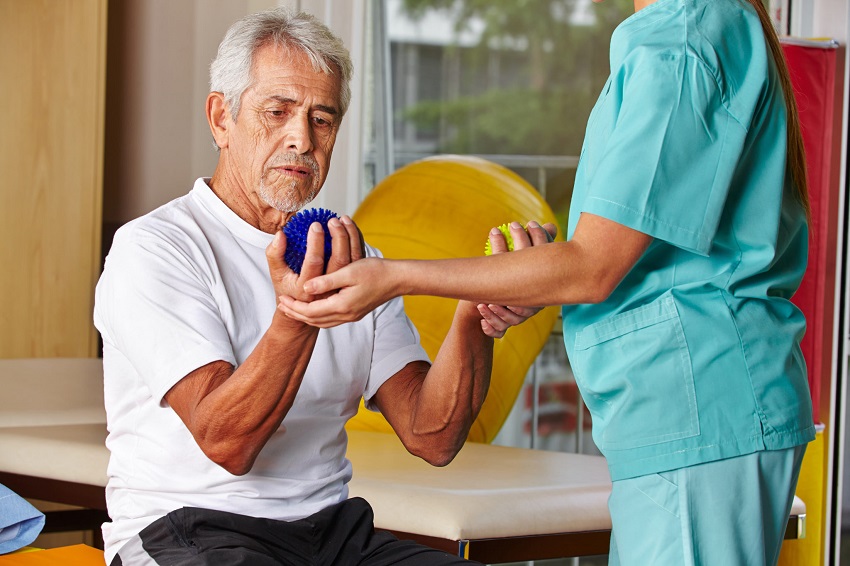
Physical exercise
In the fight against Parkinson’s disease, therapeutic exercise plays a significant role, which helps maintain muscle tone, develop joints, improve coordination of movements and strengthen ligaments.
Exercises aimed at working with the shoulder girdle, muscles of the neck, torso, arms and legs are especially effective:
Tilts and turns of the head to the right and left (performed slowly).
Raising and spreading the shoulders.
Circular movements in the shoulder joints.
Alternately straightening your legs at the knees.
Flexion and extension of the toes and hands.
Straightening the back and bending the torso.
Particular attention is paid to compliance with recommendations for physical activity. In the early stages of the disease, intense physical exercises are used, which require significant effort and help overcome various obstacles:
Passing through a doorway
Adapted karate or other martial arts classes
Dances of any genre
Ball games
Traveling over difficult terrain, including cross-country skiing
Effective aerobic exercise.
In later stages of the disease, physical activity should be more gentle and dosed:
Normal walking
Walking in place
Using low resistance exercise equipment
Exercises to strengthen your feet and leg muscles
Imitation of rowing on special simulators
Swimming
The training is aimed at combating the main symptoms of the disease, such as stiffness, limited mobility, gait and stability problems. It is also important to carry out breathing exercises, especially in the later stages of the disease, when there is a risk of hypoventilation and pneumonia.
Some physical activity programs require the participation of an experienced instructor:
Relaxation and mobilization techniques
Group classes
Training using multisensory methods
Gait rehabilitation, including walking in crowds, through doorways, on various surfaces, and stability training.
Regular exercise therapy helps improve the general condition and quality of life of patients with Parkinson’s disease.
Facial gymnastics
In addition to traditional exercises, facial exercises are also an important component of the rehabilitation program for patients with Parkinson’s disease. Doctors recommend including the following exercises in your daily practice:
Pull out your tongue and move it in different directions.
Raise and lower eyebrows.
Purse your lips.
Although these exercises seem simple, they are effective. Regularly performing facial exercises reduces symptoms, especially those associated with muscle and joint discomfort.
In addition to traditional physical rehabilitation methods, dance has also been found to be beneficial in the treatment of Parkinson’s disease. Argentine tango is considered especially effective, since its execution requires maximum use of various muscle groups and joints. Although the use of this method may be difficult with severe progression of the disease, in the initial stages of the disease it is very advisable.

Prognosis for recovery
The prognosis for Parkinson’s disease is unique to each patient. The main difficulty is that it is impossible to accurately predict which symptoms will appear and when.
However, the patient himself can significantly influence the course of the disease. To do this, you need to have a clear treatment plan and an optimistic attitude. Managing stress significantly reduces symptoms, and the desire for recovery activates the body and increases the chances of improvement.
The prognosis also varies greatly between patients who prefer treatment with folk remedies and those who use drug or neurosurgical therapy, as well as exercise therapy under the supervision of a physician. The best prognosis is usually for those who not only struggle with symptoms, but also strive to maintain existing skills as well as acquire new ones. This can be both physical exercise and intellectual activities, for example, learning new languages or drawing classes.
An integrated approach to treatment and rehabilitation helps the patient not only maintain his functionality, but also lead a full life.
To prevent Parkinson’s disease, maintaining a healthy lifestyle and eliminating risk factors from daily practice is very important.
To prevent Parkinson’s disease, doctors recommend the following:
Regularly undergo general preventive examinations, and at the first signs of disturbances in the nervous system, contact a neurologist.
Avoid sports that may cause head injury (such as hand-to-hand combat, alpine skiing, boxing), but maintaining physical activity is recommended. It is advisable to engage in running, swimming, race walking and yoga.
Optimize your diet.
Controlling hormone levels is especially important for women.
Ensure sufficient quality and quantity of sleep — at least 7 hours a day.
Engage in creative activities that improve fine motor skills, such as crocheting or embroidery.
Solve crosswords and puzzles.
Timely prevention helps reduce the risk of developing the disease. It is especially important to be careful for those who have relatives with this disease.
At Neuro Implant Clinic we strive to improve the quality of life of patients with this disease. With our treatment, we aim to minimize symptoms and make everyday life easier for our patients. Find out more about our procedures by visiting neuroimplantclinic.com, calling +34 656 500 167 or emailing [email protected].









